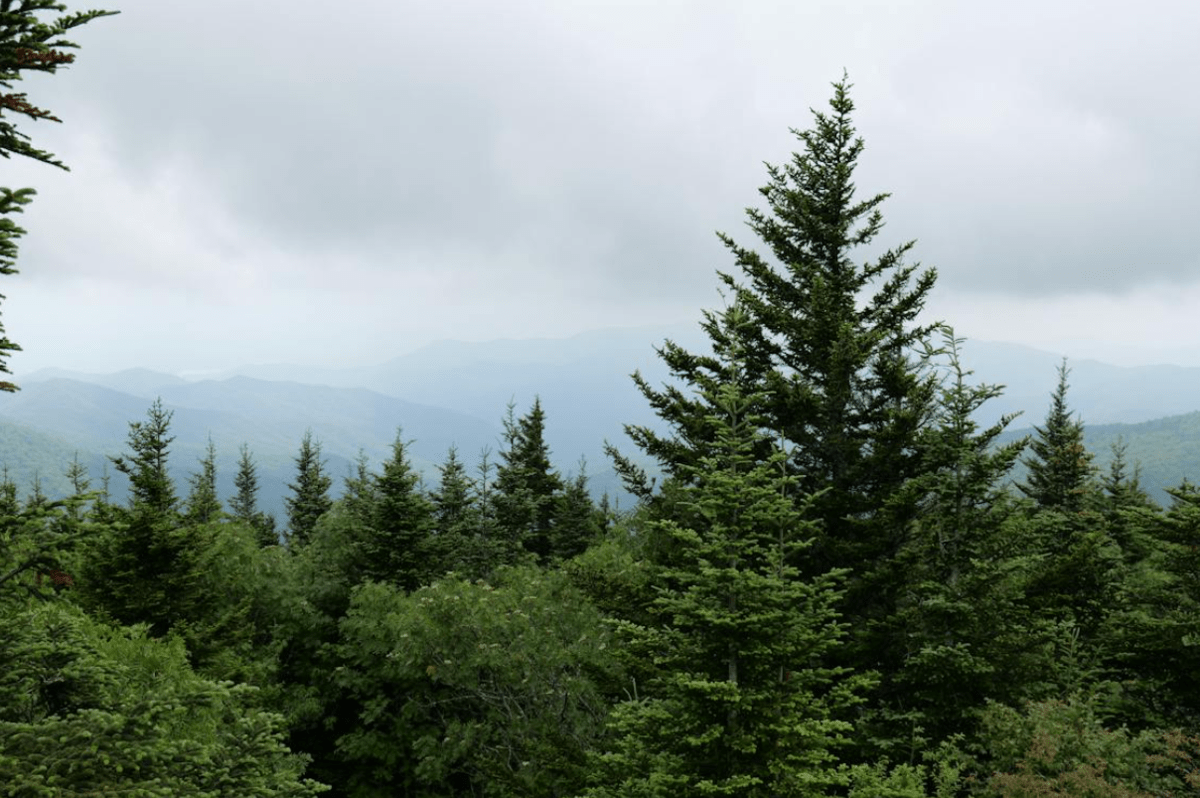Nestled in the foothills of the Great Smoky Mountains in Tennessee, Gatlinburg and Pigeon Forge offer a unique blend of outdoor beauty, family-friendly attractions, and Southern charm.
Gatlinburg, with its rustic and outdoorsy atmosphere, borders the Great Smoky Mountains National Park. Visitors can stroll along the main street lined with shops, restaurants, and art galleries, all within easy reach of scenic hikes, breathtaking waterfalls, and wildlife viewing opportunities.
Pigeon Forge caters more towards families, offering an energetic vibe and a wider variety of attractions, including Dollywood, the theme park co-owned by country music legend Dolly Parton. Both towns provide easy access to the Great Smoky Mountains National Park, allowing visitors to experience its wonders.
Tourism is undeniably well-established in Gatlinburg and Pigeon Forge. The majority of jobs in both towns are related to tourism, making the area a popular destination for families to spend their holidays.
But how did these towns transform from small communities to bustling tourist centers? This blog delves into the fascinating journey of Gatlinburg and Pigeon Forge, from their humble beginnings to their current status as popular tourist destinations.
By the end of this read, you'll gain a deeper appreciation for your visit and be armed with intriguing insights to dominate your next local trivia night! So, are you ready for an entertaining history lesson?

History of Gatlinburg and Pigeon Forge: A Timeline
Nature at the Core
The story of Gatlinburg and Pigeon Forge begins long before bustling tourist crowds. The land itself whispers tales of the Cherokee people, the first inhabitants who thrived in the foothills of the Great Smoky Mountains. With a deep respect for nature, they used the area as their hunting grounds for centuries.
Plenty of Natural Resources
In the late 18th century, European settlers arrived, drawn by the region's abundant natural resources. Lush forests promised bountiful timber, while rushing rivers hinted at potential water power. This newfound interest sparked the development of the small communities that would eventually become Gatlinburg and Pigeon Forge.
Early Industries Emerge
By 1817, Isaac Love established an iron forge in Pigeon Forge, a testament to the area's rich iron deposits. The town's very name reflects this industrial past. Gatlinburg, meanwhile, leaned more toward trade and commerce. In 1856, a post office was established in the general store of Radford Gatlin.
Travel Trivia Knowledge: The Names Explained
Pigeon Forge: The name comes from the iron forge built by Isaac Love, and the passenger pigeon, an extinct species once native to the area.
Gatlinburg: Originally named White Oak Flats, the community was later named after local businessman Radford Gatlin, whose general store housed the post office. Interestingly, Gatlin was known for having disagreements with his neighbors.
Seeds of Transformation
These early industries laid the groundwork for the transformation that would come later. Though tourism wasn't yet the focus, the breathtaking beauty of the region and increasing accessibility held the potential for the future.
Open Doors for Tourism: Natural Wonders
The early 20th century marked a pivotal shift for Gatlinburg and Pigeon Forge. Improved accessibility with the completion of roadways like the Parkway (1932) opened the door for tourism. This newfound accessibility was further amplified by the creation of the Great Smoky Mountains National Park in 1934.
The park's establishment was a game-changer, especially for Gatlinburg. Bordering the park, the town became a natural gateway for visitors seeking to explore its stunning scenery. Lush forests, cascading waterfalls, and majestic mountain peaks became a magnet for those yearning for outdoor adventure and breathtaking beauty.

Travel Trivia Knowledge: The Most Visited National Park in the United States.
The Great Smoky Mountains National Park itself holds the distinction of being the most visited national park in the United States. It boasts stunning mountain scenery, diverse plant and animal life, and a rich cultural history.
Natural Beauty Meets Family Entertainment
This influx of visitors seeking natural wonders sparked a transformation in both towns. Gatlinburg continued to develop its charm as a gateway to the park, while Pigeon Forge began to cater to a different kind of adventure – family entertainment.
The 1960s witnessed the opening of Rebel Railroad, Pigeon Forge's first theme park (later evolving into Dollywood). This marked a growing focus on providing family-friendly options alongside the natural beauty of the Smokies.
In 1986, country music legend Dolly Parton co-founded Dollywood, significantly boosting Pigeon Forge's tourist appeal. The park became a major draw, offering a unique blend of entertainment alongside the natural wonders.
While Dollywood offers exciting rides and shows, it also celebrates the rich cultural heritage of the Great Smoky Mountains. The park features craftsmen demonstrating traditional skills like blacksmithing and wood carving, transporting visitors back in time.
Travel Trivia Knowledge: Dolly Parton, a Legend of the Smoky Mountains
Today, an American icon, Dolly Parton reigns as the favorite daughter of the Smoky Mountain area. Born in Sevierville, Tennessee in 1946, the city proudly pays homage to their legendary songstress with a stunning Dolly Parton statue. This sculpture offers an excellent photo opportunity, capturing Dolly with a guitar in hand, forever immortalized amidst the Smoky Mountain scenery.
The 21st Century and Beyond
The 2000s and 2010s witnessed a golden age of tourism for Gatlinburg and Pigeon Forge. Fueled by the continued popularity of Dollywood and the stunning beauty of the Great Smoky Mountains National Park, both towns experienced a surge in new attractions, shows, and festivals.
Expansion and Innovation: Dollywood continued to expand with thrilling new rides, captivating shows, and themed areas like Wildwood Grove, further solidifying its position as a top theme park destination.
A Festival for Every Season: From springtime's vibrant Flower & Food Festival to the dazzling lights of the Smoky Mountain Christmas, Gatlinburg and Pigeon Forge began hosting festivals throughout the year, catering to diverse interests and extending the tourist season.
Accommodations for All: A wide variety of lodging options emerged, from luxurious short-term rental cabins with mountain views to budget-friendly hotels, catering to all types of travelers.

Historical Places to Visit in Gatlinburg and Pigeon Forge
Old Mill Square
Nestled in the heart of Pigeon Forge, the Old Mill Square is more than just a charming shopping destination; it's a window into the rich history of the Great Smoky Mountains.
The centerpiece of the square is the Historic Old Mill, built in 1830. This fully-functioning gristmill, powered by the Little Pigeon River, is a testament to the region's early industry. Back then, mills like this were crucial for processing grain into flour, a staple food for settlers. Witnessing the massive waterwheels churning and the milling process in action provides a glimpse into a bygone era. The Old Mill's continued operation makes it a rare and fascinating historical landmark.
The Old Mill Square wasn't just about grinding grain. The surrounding area developed into a hub of commerce, catering to the needs of the growing community. This tradition continues today with a delightful variety of shops offering a variety of finds.
The Great Smoky Mountains National Park
A sprawling national park straddling the border between North Carolina and Tennessee, the Great Smoky Mountains National Park boasts some of the highest peaks in the eastern United States. Established in 1934, it's no surprise that this natural paradise is the most visited national park in the country.
Beyond its breathtaking scenery, the park offers a window into the region's rich history. Visitors can explore remnants of historical homesteads, gristmills, and churches, gaining a glimpse into the lives of early Appalachian settlers.
The park also holds a somber significance. Part of the Trail of Tears, a forced migration route used by the US government to remove Cherokee people from their ancestral lands in the 1830s, passes through the park.
Dollywood
Dollywood isn't just another theme park. It's a place where fun and historical experience collide, making it a must-visit for families in Pigeon Forge. Little ones will scream with delight on classic rides like Flying Elephants, while older adventurers can conquer heart-pounding coasters like Big Bear Mountain.
But Dollywood goes beyond the thrills. The park itself is a tribute to Dolly Parton, a legendary country music singer who championed the region's heritage. The architecture, themes, and even some rides reflect the rich history and culture of the Appalachian Mountains. Witnessing traditional crafts like blacksmithing and wood carving keeps this heritage alive for future generations.
Take a Distillery Tour
For adults visiting Gatlinburg or Pigeon Forge, a distillery tour is a fascinating journey through the region's rich history and a chance to connect with the area's deep-rooted moonshine culture. The Smoky Mountains have a long and colorful history of moonshine production and distillery tours delve into this intriguing past, explaining the techniques used by those resourceful mountain folk, and the reasons behind moonshine's popularity.
Many distilleries even showcase antique stills and equipment, providing a tangible link to this bygone era. Here are our favorite local distilleries: Ole Smoky Tennessee Moonshine, Junction 35 Spirits, Smith Creek Moonshine, and Tennessee Shine Company.
How Gatlinburg and Pigeon Forge Became Tourism Hubs
Gatlinburg and Pigeon Forge haven't always been the bustling tourist destinations they are today. Their rich history adds another layer to your Smoky Mountain experience. This local knowledge will surely deepen your appreciation for the region.
For more tips and recommendations on what to do in Gatlinburg and Pigeon Forge, head to our destination blog. We've written about everything from the best restaurants in the region and the best breakfast spots in the area to a full guide to fishing and much more.
Are you wondering where to stay in Gatlinburg, Pigeon Forge, and The Smoky Mountains?
Why not enhance your vacation with the stunning backdrop of the Smoky Mountains in a great rental property?
At Stony Brook, we offer an exceptional array of cabins and chalets in Gatlinburg, Pigeon Forge, Sevierville, and Cosby, ranging from one to 16 bedrooms. As a family-owned service, we guarantee you'll have the best experience in the Smokies!

